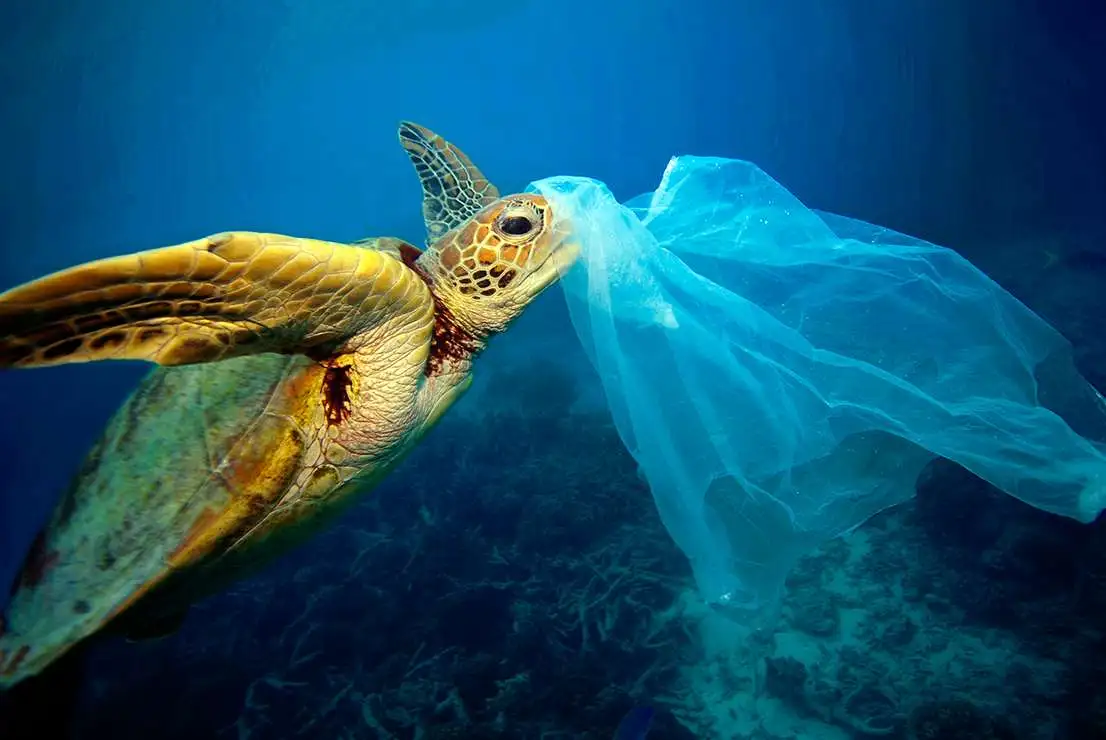Turtles vs Jellyfish: The Battle for Our Oceans

Turtles vs Jellyfish: The Battle for Our Oceans
Over the last two decades, jellyfish have begun infesting our oceans at a rate that is alarming. From small stinging jellyfish in New Zealand to massive swarms of Nomura's jellyfish in the Sea of Japan, these jelly-like animals are killing off the sea life. Their voracious appetite for fish eggs, larvae, and adult fish not only disrupt fishing activities but also endanger indigenous marine species. As a result, the balance of marine ecosystems is increasingly jeopardized, and the question arises: can anything stop these animals from flooding the ocean? Miraculously, the answer lies in an unsuspecting marine predator—a sea turtle.
Jellyfish Overpopulation: A Growing Crisis
The explosion of jellyfish numbers is a growing problem globally. In New Zealand, divers must sweep aside clouds of tiny jellyfish, each smaller than a grain of pepper. In Sweden, a huge bloom of moon jellyfish once shut down one of the world's largest nuclear reactors by clogging vital pipes. Meanwhile, in the Sea of Japan, huge Nomura's jellyfish, weighing up to 200 kilograms, overrun local fishermen, breaking their nets and eradicating local fish stocks. Jellyfish thrive in oceans that are more overfished and have fewer natural predators to regulate their population. These creatures consume massive amounts of fish eggs and larvae and compete with grown-up fish by consuming the foods on which they depend for sustenance. If this is allowed to continue, we can be faced with a future where the entire ocean becomes dominated by a high density of jellyfish, which would be catastrophic for ocean biodiversity and fisheries that depend on healthy ocean environments.
The Sea Turtle: Sea Turtles
Among the many sea creatures that prey on jellyfish, however, the leatherback sea turtle is one of their most formidable natural predators. The largest sea turtles are leatherbacks, and their diet consists virtually of nothing else but jellyfish. They have consumed over 1,000 metric tons of jellyfish throughout their life spans, which can last up to 50 years.
The amazing thing about leatherbacks is that they are able to consume huge quantities of jellyfish, which have a low caloric content. Jellyfish are made up of 95% water and are of low nutritional value, but leatherbacks must consume about 400 kilograms of jellyfish daily, which is about the size of a grand piano. It requires this enormous quantity in order to sustain them and achieve their peak weight of 500 kilograms.
How Sea Turtles Protect Against Jellyfish Stings
Perhaps one of the most interesting facts about sea turtles is that they are physically suited to eat jellyfish, although the animals do possess venomous defense systems. Jellyfish utilize specialized cells called cnidocytes that have harpoon-like nematocysts with venom inside that is released when the cells encounter a target. Such a sting is quite effective for paralyzing prey and protecting against predators. However, for sea turtles, these stings are relatively harmless.
The tough, keratinized scales on the skin of sea turtles provide them with protection from jellyfish stings. Keratin, the very same protein present in human nails and claws, serves as armor to render the turtle invulnerable as it dines on the jellyfish. Additionally, the esophagus of the leatherback sea turtle is lined with spiky ridges to entrap and render impossible the release of any ensnared jellyfish.
The Reproductive Power of Jellyfish
Jellyfish are this versatile due to their specialized ways of reproducing. Most jellyfish are able to reproduce asexually and sexually, or in other words, they are able to increase in numbers no matter if a mate is available or not. Tropical jellyfish species reproduce all year round while temperate ones have massive blooms that lead to explosive and dramatic population explosions.
Human activities are also responsible for the overabundance of jellyfish. Agricultural runoff carrying fertilizers introduces chemicals that not only destroy other marine animals but also promote jellyfish blooms. Climate change has also raised water temperatures, which have extended the breeding season of jellyfish, thereby multiplying their numbers. Marine construction and pollution also at the same time offer more surfaces for jellyfish polyps to settle on, and their numbers multiply exponentially.
The Struggles of Sea Turtles
Though sea turtles are key natural regulators of jellyfish numbers, they are under threat from human activities. Small-scale fisheries in different regions of the world use gill nets that catch and kill sea turtles incidentally. In regions like the Eastern Pacific, this practice is posing a threat to the future of the leatherbacks. If fishing practices do not change, scientists project that leatherback sea turtles will become extinct in 60 years.
Innovative Solutions to Protect Sea Turtles
Fortunately, researchers have been developing simple and inexpensive ways to prevent accidental capture of sea turtles. One of them is placing green LED lights on fishing nets. Studies have proven that the application of these lights can help keep sea turtles, dolphins, and seabirds from being caught on the nets. This may be a game-changer for small-scale fishers, and they will still be able to sustain their communities without causing harm to the delicate ecosystem in the marine ecosystem.
By adopting measures like LED-equipped fishing gear, the fishing sector can harmonize with marine conservation, helping to protect sea turtles and other marine animals that are crucial in maintaining healthy ecosystems.
Y Facts, written by Enkhlen L., an April intern at YSC.
Biography:
https://youtu.be/eY3_ZkQx5T4?si=opGHAkQM0bAiSyGo
https://www.weforum.org/stories/2019/01/how-an-explosion-of-jellyfish-is-wreaking-havoc/
https://seagrant.uaf.edu/nosb/papers/2014/kodiak-elusive-jellyfish.pdf





